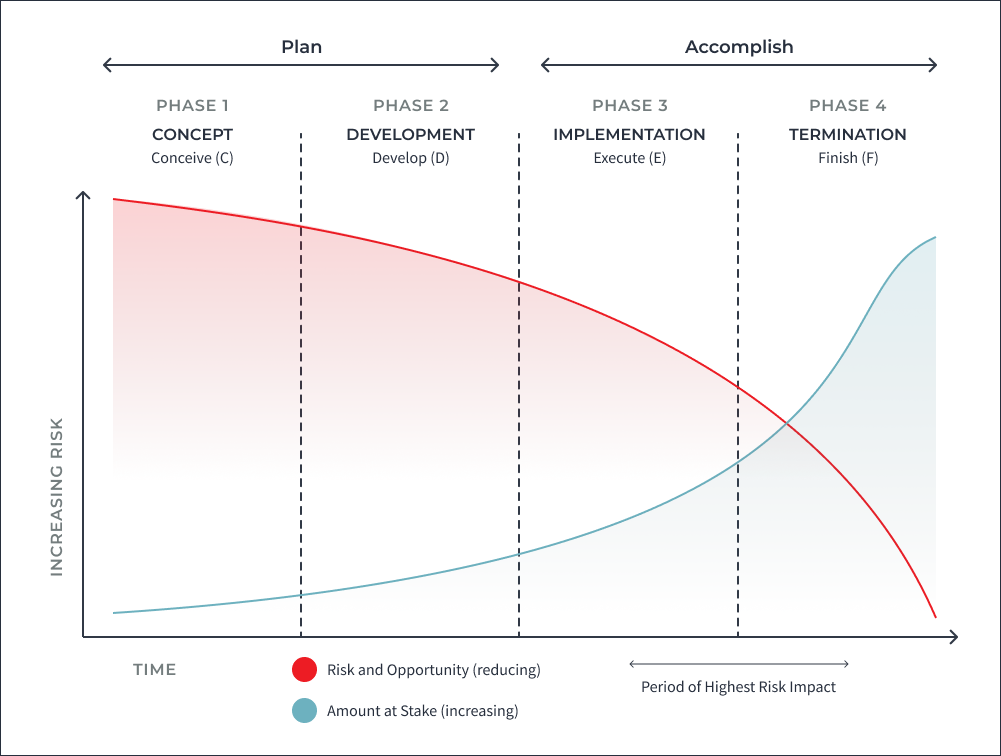Retrofit
Retrofit projects regularly fail to meet deadlines, cost and quality targets.
Coombs and Partners apply the principles of risk management to retrofit projects, a systematic process of identifying, analysing and responding to risk, from beginning to end of the project life-cycle. The level of risk changes as the programme advances through the successive phases of that life-cycle.
Risk is highest at the concept and design phase when there is the greatest level of uncertainty. The Project Life Cycle graph shows why, at these early stages the financial investment at stake is at its lowest, but then steadily rises as the project life-cycle proceeds.

Ultimately, the property owner bears the financial risks associated with a retrofit project. Addressing risks effectively during the feasibility and design concept stages requires agreement on project objectives, open communication, and collaboration among project stakeholders. This leads to identification of potential challenges early, with well developed mitigation strategies.